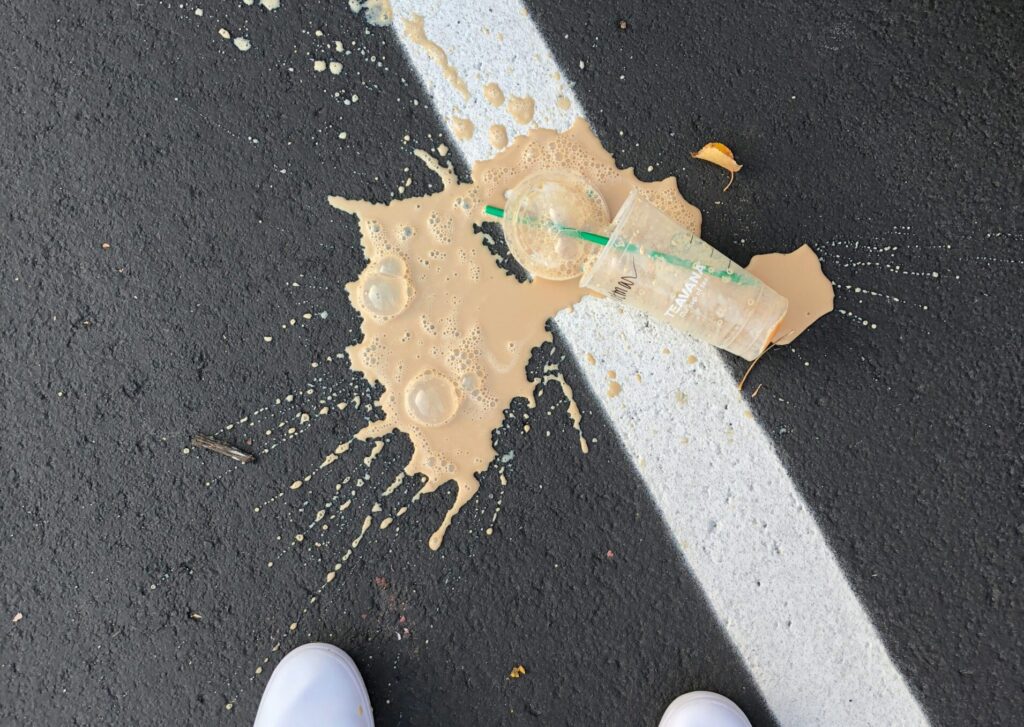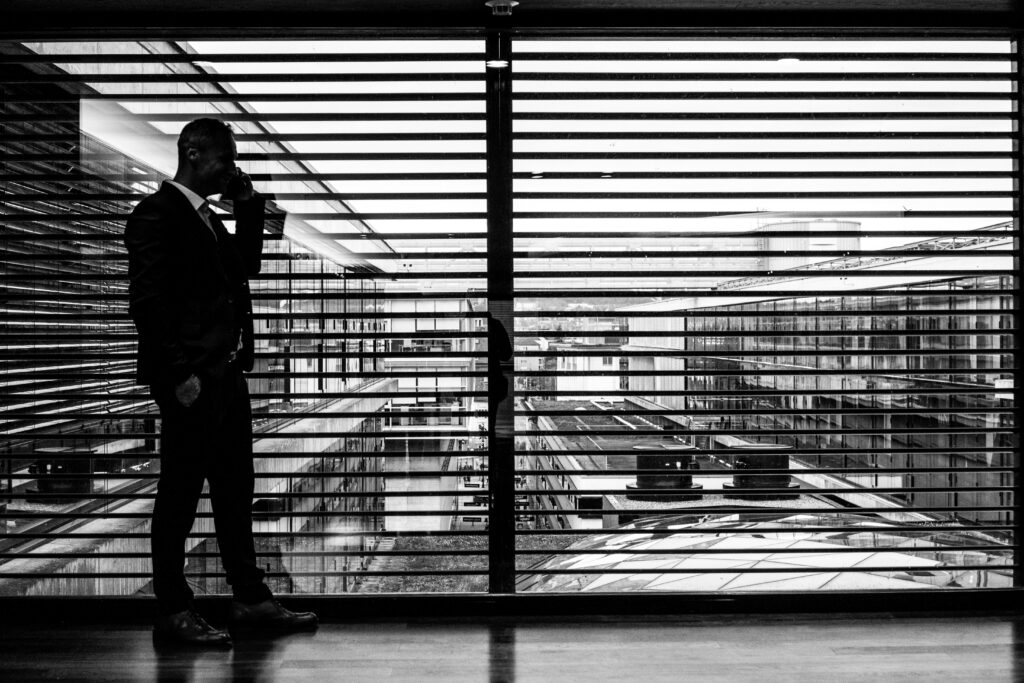In slip-and-fall accidents, the premise owner is typically responsible for any hazardous or unsafe conditions that contribute to an individual’s injuries. But if the hazard is obvious and in plain sight, does the weight of responsibility shift to the victim?
If you find yourself involved in a slip and fall case involving apparent hazards, it is crucial to understand the California laws governing these situations. A slip-and-fall accident attorney or personal injury lawyer in Los Angeles can be invaluable in guiding you through the legal process to ensure you receive the compensation you deserve.
This article will cover the nuances of slip and fall cases involving obvious hazards, providing you with the necessary legal knowledge to effectively pursue or defend your case with the help of a Los Angeles slip and fall attorney.
Understanding Slip and Fall Cases
Slip and fall cases are a type of premises liability claim, falling under the category of personal injury lawsuits. Both public and private property owners have a duty to maintain safe and hazard-free environments for visitors.
To establish negligence in such cases, the injured victim must demonstrate that the property owner failed to uphold a duty of care. The defendant, however, may resort to the open and obvious danger defense to argue against liability.
Open and Obvious Doctrine
When a hazard or danger is so apparent and readily observable that a reasonable person would notice and avoid it, the open and obvious doctrine can be raised as a defense by property owners in slip-and-fall cases.
The property owner can argue that they should not be held liable for injuries resulting from hazards that were highly evident and clearly visible to visitors. The doctrine is based on principles that individuals have a responsibility to exercise reasonable care for their own safety and take precautions to avoid obvious dangers.
However, even if a hazard is deemed open and obvious, property owners are not entirely absolved of liability. In California, which follows a pure comparative negligence system, a victim’s awarded damages may be reduced proportionately to their degree of fault, but they can still recover compensation.
Example of a Slip and Fall Case Involving an Obvious Hazard

Imagine a grocery store with a large coffee spill in the middle of the refrigerator aisle. The dark-colored puddle is clearly visible to anyone passing by. Despite noticing the spill, a customer decides to walk through it without taking extra caution. As a result, the customer slips and falls, resulting in a sprained ankle.
In this scenario, the grocery store could argue that the customer should have recognized the open and obvious danger, taking steps to avoid it by walking around the spill. While the store may still be held liable for allowing the hazardous condition to exist in the first place, the customer’s damages would likely be reduced based on their degree of fault.
Contact a Slip and Fall Lawyer (Los Angeles)

Handling slip-and-fall cases involving obvious hazards requires an experienced Los Angeles injury attorney or slip-and-fall accident lawyer by your side. In California, you must file a personal injury or wrongful death claim within two years from the date of the accident, as stated by the statute of limitations. Failing to submit a claim by this deadline could result in forfeiting your right to pursue damages. A personal injury lawyer in Los Angeles can help you secure the compensation you deserve.
The Law Office of John J. Perlstein can help you navigate the process and will advocate on your behalf for the monetary recourse you deserve. Working with an experienced Los Angeles slip and fall attorney following an accident will help you get the most out of your claim.
With over 25 years of experience, John J. Perlstein is one of the best personal injury and wrongful death attorneys in Los Angeles, securing fair and just outcomes. To set up a free consultation with one of the top Los Angeles personal injury law firms regarding your slip and fall lawsuit, fill out our form online or give us a call at (213) 583-5786.
